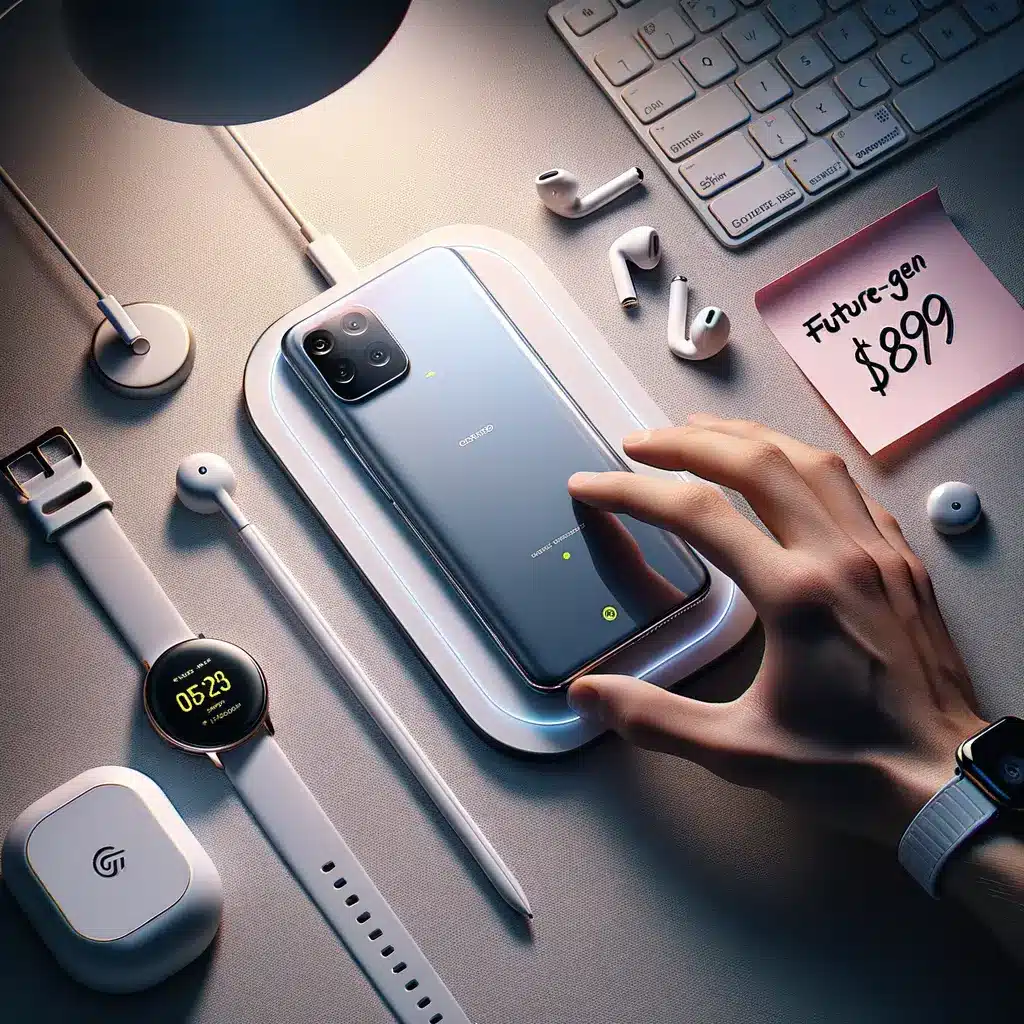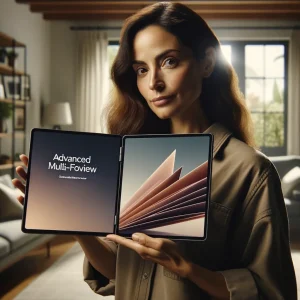Introducing the iPhone 17 Air: Apple’s Bold New Direction
Apple has a long history of redefining product categories, and the upcoming iPhone 17 Air is no exception. Billed as the company’s thinnest iPhone ever, the iPhone 17 Air represents a dramatic shift away from the familiar “Plus” branding and directly taps into the premium “Air” identity already beloved in the MacBook and iPad lines. According to the latest iPhone 17 rumors, Apple is replacing the current Plus model with this slimmer, lighter handset, positioning it as the sweet-spot device for users who want big-screen convenience in a refined chassis. Early leaks indicate the phone will measure just 5.55 mm in thickness—nearly 20 percent thinner than the iconic iPhone 6 and far leaner than today’s flagships. Beyond eye-catching dimensions, the iPhone 17 Air promises titanium durability, a 6.6-inch ProMotion display, the new A19 Pro chipset, and Apple’s own C1 modem. From a strategic standpoint, this move reinforces Apple’s tiered portfolio: standard models for the masses, Pro models for advanced creators, and now an Air model for users who crave performance wrapped in feather-light design. Over the next five sections, we’ll unpack every detail—from the iPhone 17 Air release date window to camera upgrades—so you can decide if Apple’s thinnest iPhone belongs in your pocket. Expect a balanced analysis of trade-offs, practical examples, and internal links to related guides on upgrading from iPhone 16 or choosing between Pro and Air.
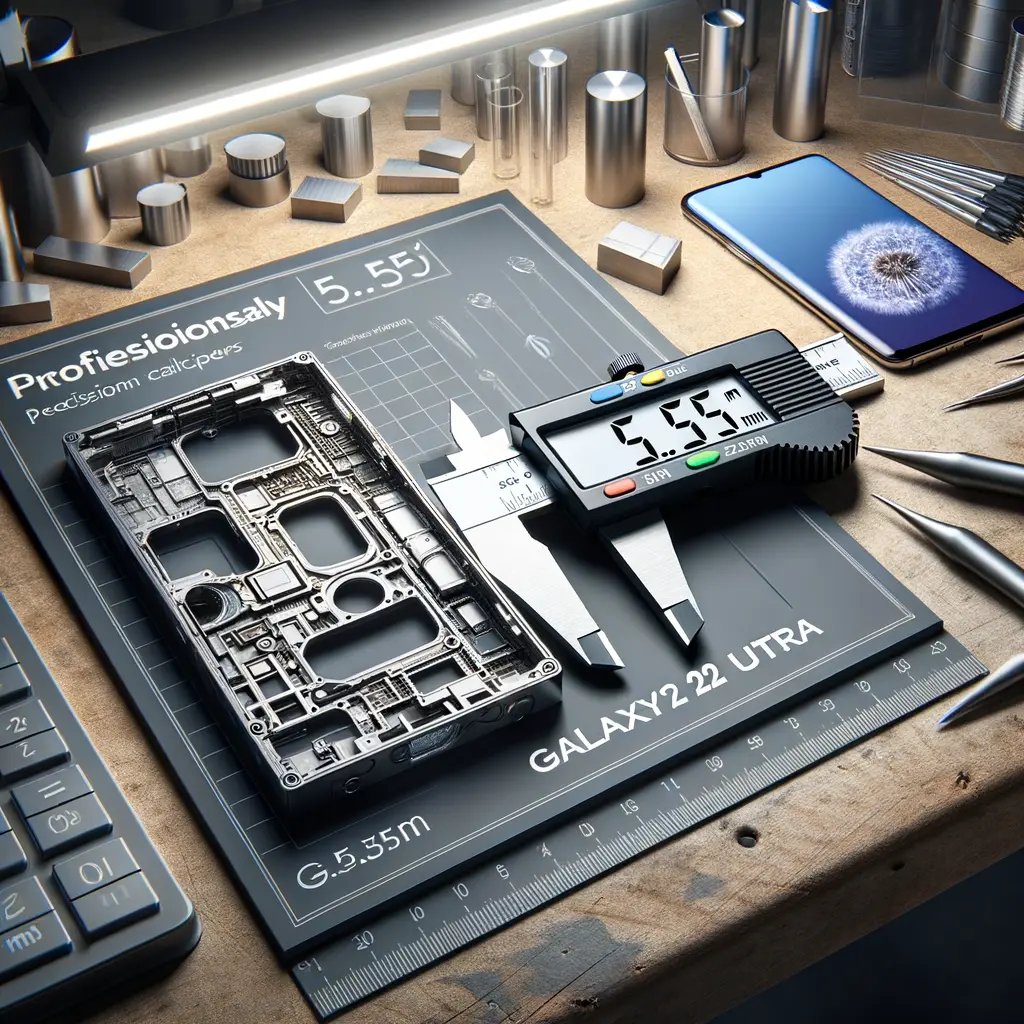
Design & Build: Engineering Apple’s Thinnest iPhone
At just 5.55 mm thick, the iPhone 17 Air could reclaim the crown for thinnest iPhone—without repeating the infamous Bendgate saga. Apple reportedly chose a titanium frame similar to the iPhone 15 Pro line but refined the alloy to reduce weight by roughly 15 grams compared to the current Plus model. Titanium brings aerospace-level strength, letting Apple shave millimeters while resisting torsional stress. In hand, testers describe a barely-there feel, aided by gently curved edges that sit somewhere between the flat iPhone 12 aesthetic and the contoured iPhone X lineage. Color options reflect the Air philosophy: soft silver, midnight black, light gold, and pastel blue. Subtle anodized finishes prevent fingerprint smudging while accentuating antenna lines that house the C1 modem’s 5G bands. The 6.6-inch OLED panel is more compact than the outgoing Plus but benefits from slimmer bezels, yielding nearly the same usable display area. A single 48 MP lens replaces bulky multi-camera modules, further trimming thickness. Apple even redesigned the haptic engine, stacking coils horizontally to free vertical space. For power users worried about grip, a forthcoming MagSafe Battery Case will double as a protective bumper and extend runtime—handy given the smaller sub-3,000 mAh cell. If you’re upgrading from an iPhone 14 Plus, check our comparison guide on case compatibility and accessory resale value.
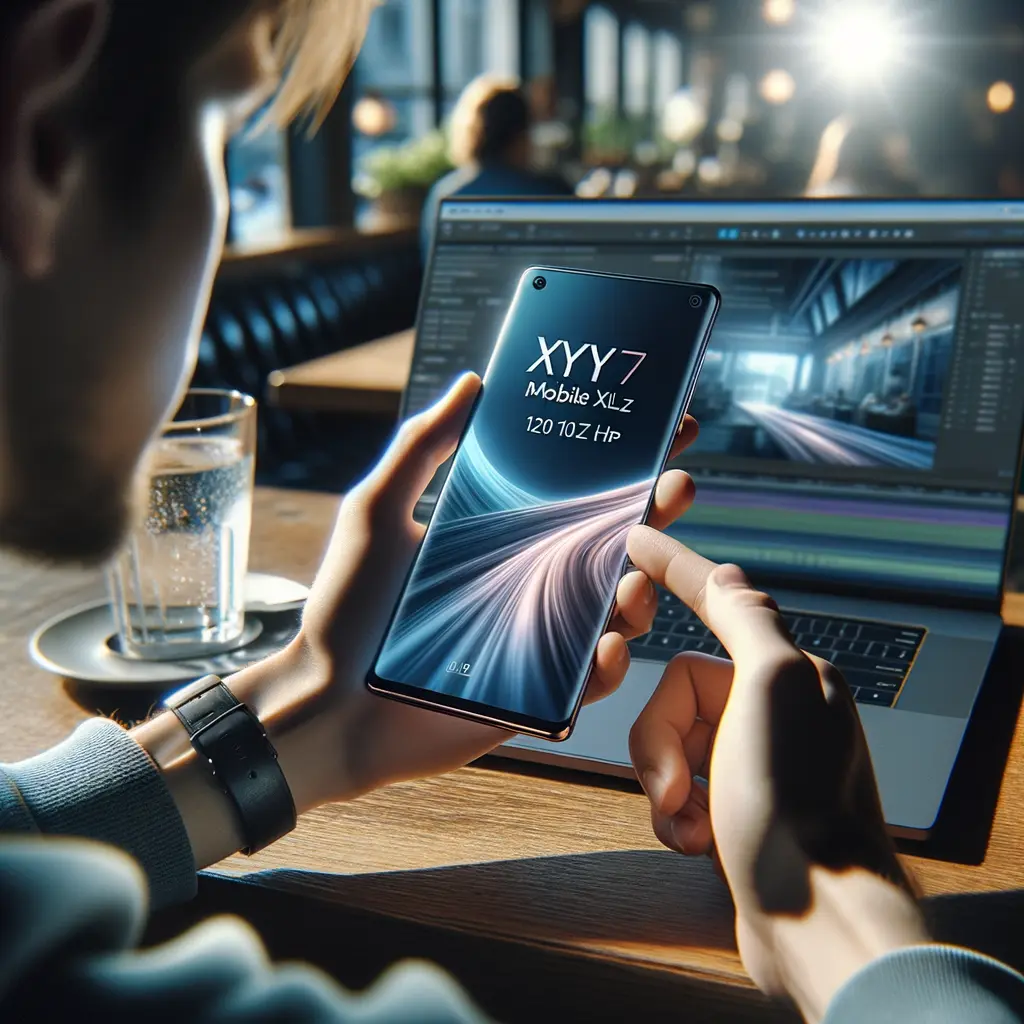
Display & Interaction: ProMotion Meets Action Button
The iPhone 17 Air display may be the biggest everyday upgrade for most users. Apple is bringing ProMotion—a 120 Hz adaptive refresh rate—down from the Pro line, ensuring fluid scrolling, smoother Apple Pencil hovering in Sidecar setups, and console-class gaming responsiveness. Although always-on display remains exclusive to Pro models, ProMotion alone delivers a noticeable leap in perceived speed. The panel retains the Dynamic Island for Live Activities but shrinks bezel size by 15 percent, bringing the screen-to-body ratio to 89 percent. Apple also integrates Ceramic Shield 2 glass for improved micro-scratch resistance. On the right edge sits the customizable Action Button, introduced last year but now standard across the lineup, letting users assign shortcuts like voice memos, camera launch, or Home-kit scene activation. Despite the ultra-thin build, Apple managed to keep a full-strength MagSafe ring on the back, paired with upgraded magnets for stronger wallet attachment—useful for commuters who prefer an all-in-one carry solution. For creators, the improved 1,600-nit peak HDR brightness unlocks better outdoor framing when shooting Dolby Vision video. After this section, we’ll embed our full video walkthrough so you can see ProMotion in action and hear firsthand impressions from early testers.
Performance Under the Hood: A19 Pro, 12 GB RAM & Wi-Fi 7
Apple’s silicon roadmap continues to sprint ahead, and the iPhone 17 Air serves as proof. Powered by the A19 Pro—a binned variant of the chip expected in the iPhone 17 Pro—this device is projected to deliver a 15 percent CPU uplift and a 25 percent GPU jump over the A18. Early Geekbench leaks show single-core scores north of 2,400 and multi-core figures approaching 7,800, rivaling some M-series MacBook Air numbers from just two generations ago. Pair that with 12 GB of unified memory, and multitasking between ProRAW photo edits, Apple Arcade titles, and FaceTime in StandBy mode feels instantaneous. Connectivity is equally forward-looking: Apple’s in-house C1 modem pairs sub-6 GHz 5G with mmWave, while Wi-Fi 7 pushes theoretical speeds up to 40 Gbps on compatible routers such as the TP-Link Archer BE900. More impressive is efficiency—the C1 modem reportedly halves idle power draw compared with Qualcomm’s X70, critical in a phone with limited battery volume. To manage thermals, Apple opted for a vapor-chamber heat sink rather than graphite pads, ensuring sustained peak performance during 4K video exports or extended gaming sessions. For enterprise users, this means less thermal throttling when running VPN-secured Slack calls or Microsoft 365 apps on cellular data. Interested in Apple’s silicon evolution? Explore our timeline of A-series chips from A7 to today.
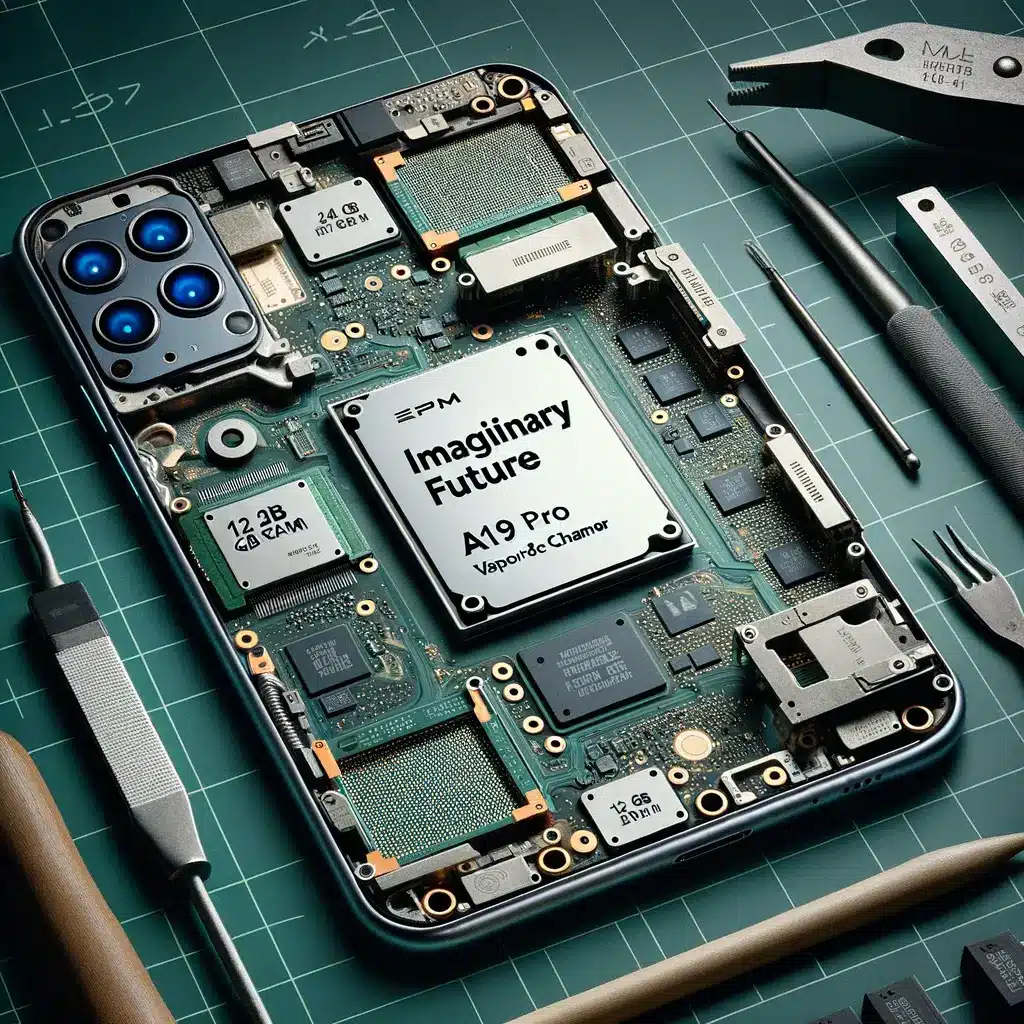
Camera & Connectivity: 48 MP Rear, 24 MP Selfie and C1 Modem Advantages
Apple’s camera strategy on the iPhone 17 Air focuses on quality over quantity. The single 48 MP rear sensor inherits the same stacked design found on the iPhone 16, enabling 2× in-sensor zoom without the bulk of multiple lenses. Computational photography handles ultrawide perspectives via multi-frame stitching, an approach Apple debuted in Panorama mode but now automates for social media-ready shots. Night-mode exposures have been trimmed to two seconds thanks to the A19 Pro’s advanced ISP. Up front, a new 24 MP selfie camera captures sharper detail for FaceTime and Vision Pro avatar creation, shipping with support for Center Stage during landscape video calls. While spatial video is still exclusive to Pro models, the iPhone 17 Air can record 4K60 Dolby Vision HDR—ample for most content creators. Connectivity upgrades extend beyond Wi-Fi 7; Bluetooth 5.4 brings Auracast-style audio broadcasting, making it easier to share music with multiple AirPods sets on flights. Travelers will appreciate Apple’s Smart Data Mode 2.0, which intelligently swaps between 5G and LTE to balance speed and battery drain. Internally, the C1 modem’s integrated eSIM manager simplifies carrier switching—perfect for digital nomads hunting for local data plans. For a look at how these features compare with the Pro lineup’s tetraprism telephoto, check our in-depth camera shoot-out.

Should You Buy the iPhone 17 Air? Pricing, Battery Life & Final Thoughts
With an expected starting price of $899 for 128 GB, the iPhone 17 Air slots neatly between the standard iPhone 17 and the Pro models. The big question: does its ultra-thin design outweigh trade-offs like a sub-3,000 mAh battery? Apple claims typical users will still reach bedtime with 20–30 percent charge remaining, thanks to the efficient A19 Pro and C1 modem. Heavy streamers or mobile gamers may need a midday top-up, but Apple’s forthcoming MagSafe Battery Case promises a seamless solution that doubles endurance without ruining the phone’s sleek silhouette. If you prioritize pocketability, modern performance, and the cachet of owning the thinnest iPhone, the iPhone 17 Air is compelling. Those who need spatial video capture, always-on display, or marathon battery life may prefer the iPhone 17 Pro or iPhone 17 Max. As for the iPhone 17 Air release date, Apple is expected to unveil the lineup at its September keynote, with preorder availability the following Friday. Early adopters should budget for USB-C accessories, as legacy Lightning cables are finally obsolete across the range. In closing, the iPhone 17 Air reimagines what a mainstream iPhone can be: light, powerful, and undeniably stylish. Keep an eye on our upcoming hands-on review once retail units ship, and explore our guide on trading in older devices to maximize your upgrade budget.
